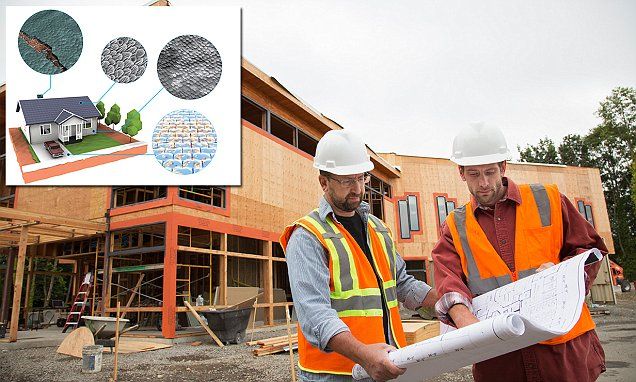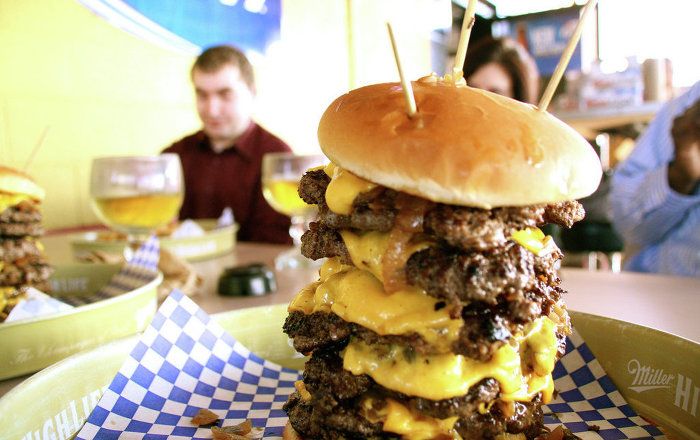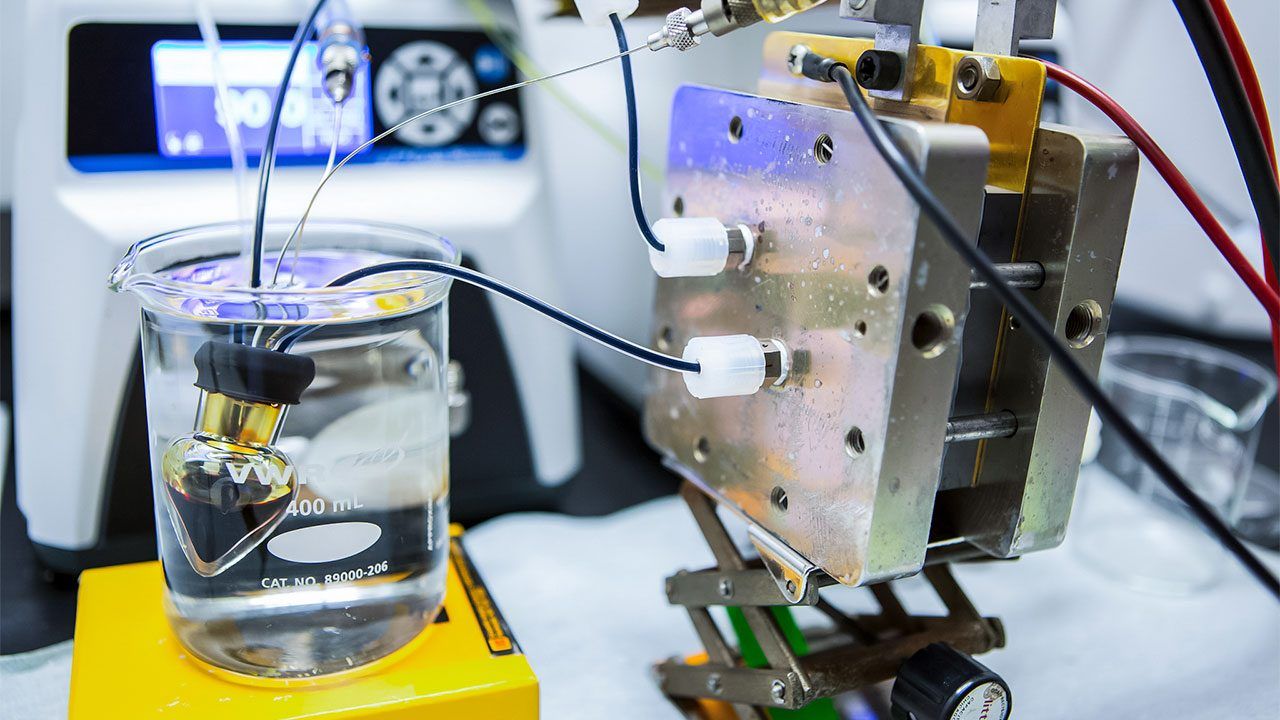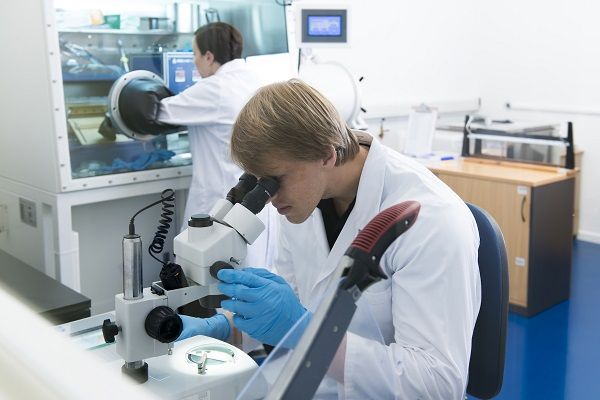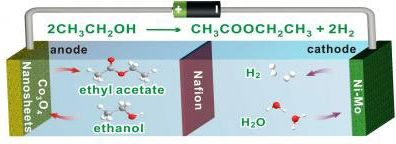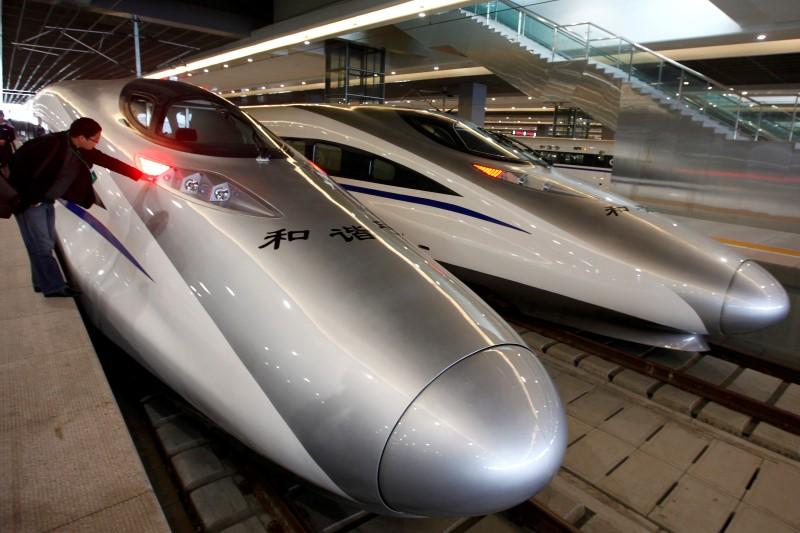Aug 8, 2016
DARPA’s new program engineers building materials with living systems
Posted by Karen Hurst in categories: 4D printing, energy, habitats
Smart homes that repairs themselves. Why not since 4D-Printing enables self-assembly.
DARPA has unveiled the Engineered Living Materials program that combines living systems with traditional building materials for on-demand and self-repairing material that cuts cost and energy.
Continue reading “DARPA’s new program engineers building materials with living systems” »
